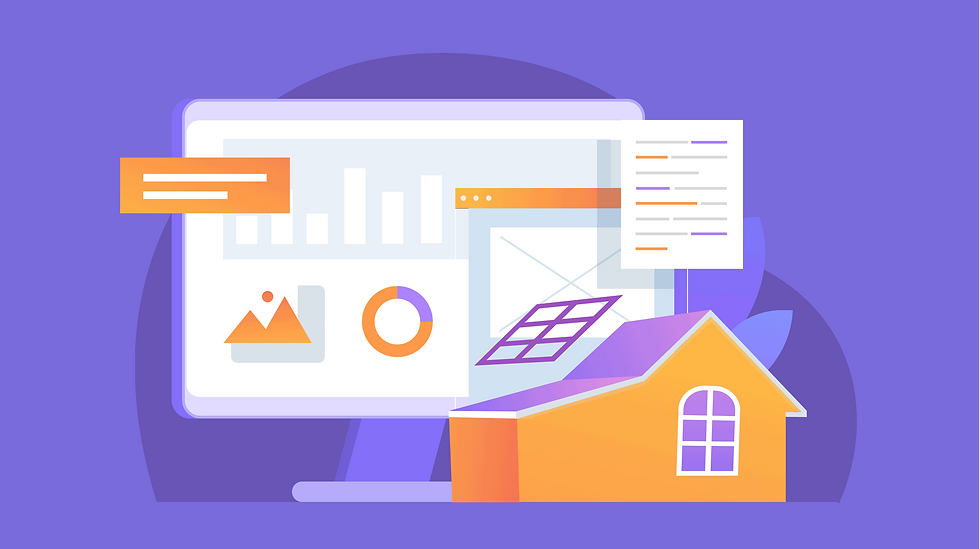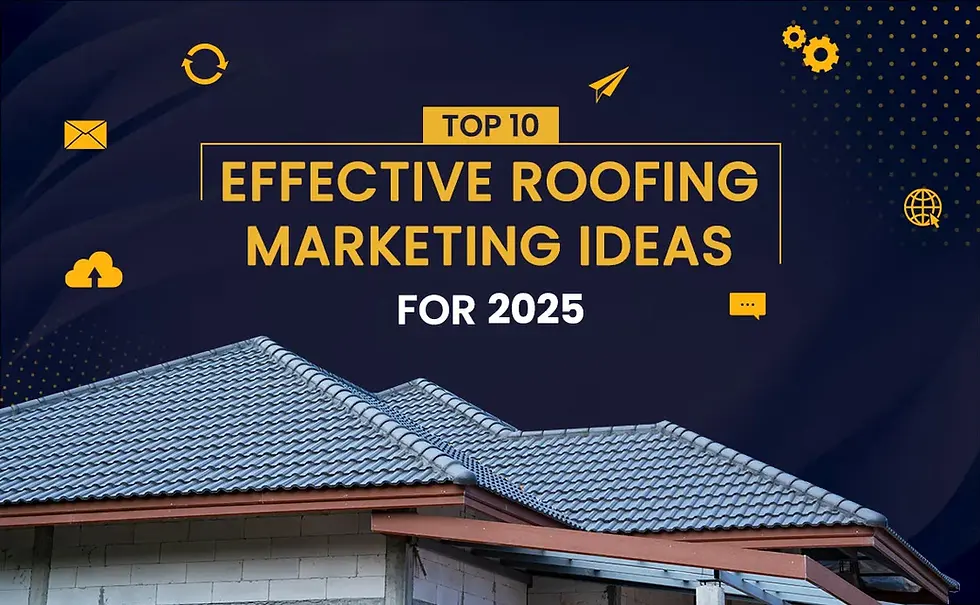How to Scale Your Ad Strategy for Maximum ROI
- Inspired Connection Agency

- Mar 3
- 4 min read
Updated: Apr 19
For medium-sized businesses generating between $500,000 and $2 million in revenue, digital advertising is a powerful tool for driving growth. However, many companies struggle to scale their ad campaigns while maintaining a strong return on investment (ROI).
An effective paid media strategy involves more than just increasing ad spend. It requires optimizing campaigns, refining audience targeting, leveraging automation, and continuously analyzing performance to ensure maximum efficiency.
This guide will walk you through how to scale your ad strategy for maximum ROI with a focus on Facebook and Google Ads strategy.

Understanding Scaling in Digital Advertising
Scaling an ad strategy means expanding reach while maintaining or improving profitability. It involves:
Increasing ad spend without dramatically increasing cost per acquisition (CPA).
Expanding target audiences to reach new potential customers.
Optimizing ad creatives and messaging for better engagement.
Leveraging automation and AI-driven bidding strategies.
Scaling is not simply about spending more money on ads. Without a structured approach, increasing ad spend can lead to diminishing returns and wasted budget.
Step 1: Ensure Your Ad Strategy is Profitable Before Scaling
Before increasing your budget, evaluate whether your current ad campaigns are profitable and optimized. Key performance indicators (KPIs) to assess include:
Return on Ad Spend (ROAS): Are your ads generating more revenue than they cost? A ROAS of 3x or higher is ideal before scaling.
Customer Acquisition Cost (CAC): Is your cost to acquire a customer sustainable?
Conversion Rate: Are your landing pages converting traffic effectively?
If these metrics are not optimized, focus on improving them before scaling. Increasing budget on an underperforming campaign will only lead to greater inefficiencies.
Step 2: Leverage Audience Expansion Strategies
Expanding your audience is one of the most effective ways to scale your ad strategy.
Google Ads Audience Scaling
Broad Match Keywords: Gradually shift from exact match to broad match modified keywords to reach a wider audience.
Lookalike Audiences: Use Google’s Similar Audiences feature to find new potential customers similar to existing buyers.
Expand Geographic Targeting: Test additional locations to find new profitable markets.
Facebook Ads Audience Scaling
Lookalike Audiences: Create 1%, 2%, or 5% lookalike audiences based on high-value customers.
Interest-Based Expansion: Target users with similar interests to your existing audience.
Retargeting Expansion: Use dynamic retargeting to re-engage visitors who didn’t convert.
Expanding your audience allows you to reach new potential customers without significantly increasing costs.
Step 3: Optimize Ad Creatives and Messaging
As you scale, your original ad creatives may experience ad fatigue, leading to declining engagement and higher costs.
Best Practices for Google Ads
Responsive Search Ads: Use multiple headlines and descriptions to let Google optimize the best-performing combination.
Video Ads for YouTube: If running Display or YouTube Ads, test video content for stronger engagement.
Ad Copy Variations: Rotate different ad copies to keep the message fresh.
Best Practices for Facebook Ads
A/B Testing: Continuously test different headlines, images, and ad formats.
Video Content: Video ads often outperform static images in engagement and conversions.
Carousel Ads: Showcase multiple products or features in a single ad.
Optimizing creatives keeps ads engaging and helps maintain high conversion rates as you scale.
Step 4: Automate and Optimize Bidding Strategies
Scaling manually is inefficient. Leveraging automation and AI-driven bidding ensures that budgets are allocated effectively.
Google Ads Automation Strategies
Smart Bidding: Use Target ROAS or Maximize Conversions bidding to let Google’s AI optimize ad spend.
Automated Rules: Set rules to increase or decrease bids based on performance.
Dynamic Search Ads: Automatically generate relevant ad headlines based on website content.
Facebook Ads Automation Strategies
Campaign Budget Optimization (CBO): Let Facebook distribute budget across top-performing ad sets.
Automated Rules: Adjust bids or pause underperforming ads automatically.
Dynamic Product Ads: Show personalized ads based on user behavior.
Automation allows businesses to scale efficiently without requiring constant manual adjustments.
Step 5: Expand to New Advertising Channels
Once you’ve maximized performance on Google Ads and Facebook Ads, consider expanding to other digital advertising platforms.
LinkedIn Ads: Ideal for B2B companies targeting decision-makers.
TikTok Ads: Effective for consumer brands looking to engage younger audiences.
Native Advertising: Platforms like Taboola and Outbrain help distribute content on high-traffic websites.
Diversifying channels helps reduce reliance on a single platform and expands brand reach.
Step 6: Monitor and Optimize Performance Metrics
Scaling requires constant monitoring to ensure efficiency. Key metrics to track include:
Cost Per Click (CPC): Ensure your click costs remain reasonable as you scale.
Conversion Rate: If conversion rates drop, test different ad creatives or landing pages.
Return on Ad Spend (ROAS): Maintain a profitable ROAS by adjusting bids and targeting strategies.
Customer Lifetime Value (LTV): Focus on acquiring high-value customers for long-term profitability.
Regular performance analysis helps identify areas for further optimization and ensures scaling efforts are sustainable.
Scaling a paid media strategy for Facebook and Google Ads requires more than just increasing ad spend. By ensuring campaigns are profitable before scaling, expanding audiences strategically, optimizing ad creatives, leveraging automation, and monitoring key performance metrics, businesses can scale effectively while maintaining a strong ROI.
If you are looking to take your Facebook and Google Ads strategy to the next level, reach out today to ask us any marketing questions you may have.




Comments